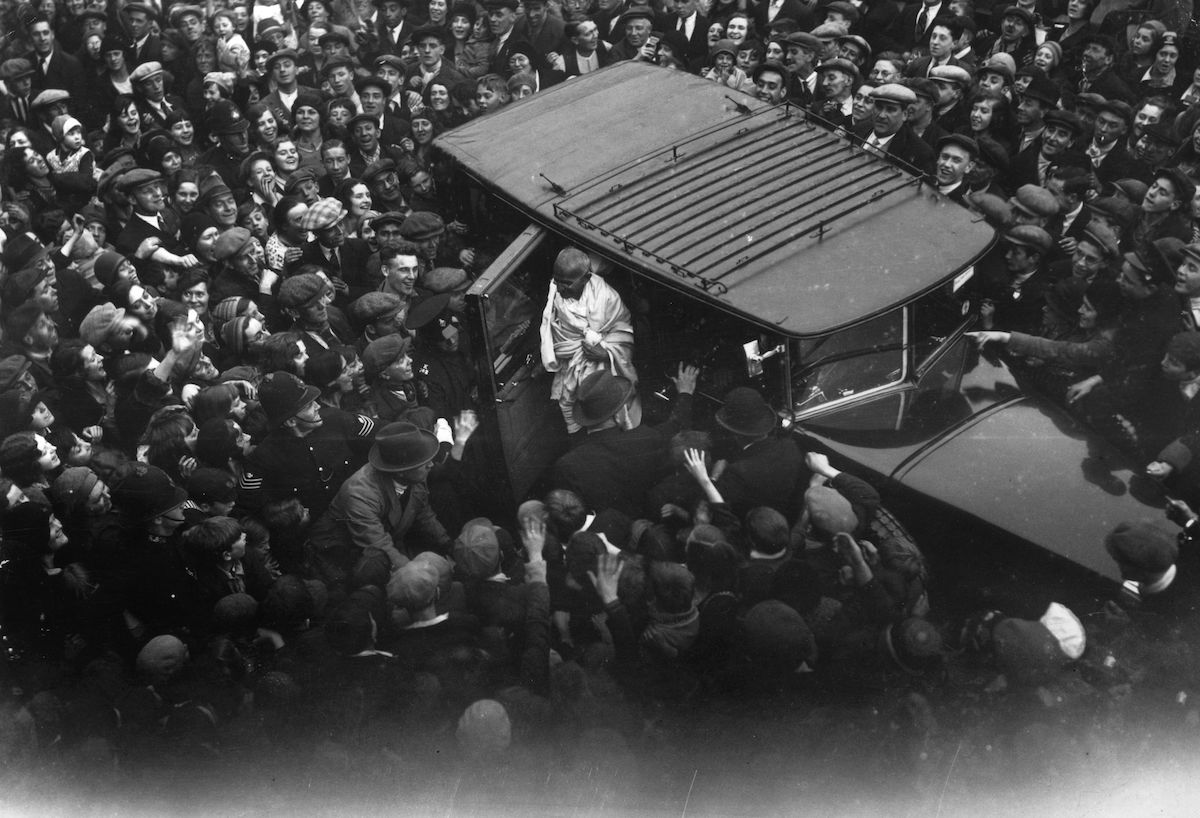Mahatma Gandhi on the British and their Empire
‘If this Empire seems an evil thing to me, it is not because I hate the British...’ B.G. Gokhale on Gandhi’s attitudes to empire upon the centenary of his birth.

For over three centuries Britain and India were involved in a sustained and fateful encounter. It was in 1609 that Captain William Hawkins reached Agra, the capital of the Mughal Emperor Jahangir (1605-27), to seek commercial privileges for the English East India Company. All through the seventeenth century the English were busy setting up their factories in various parts of India and especially in Madras (1640), Bombay (1667) and Calcutta (1690).
